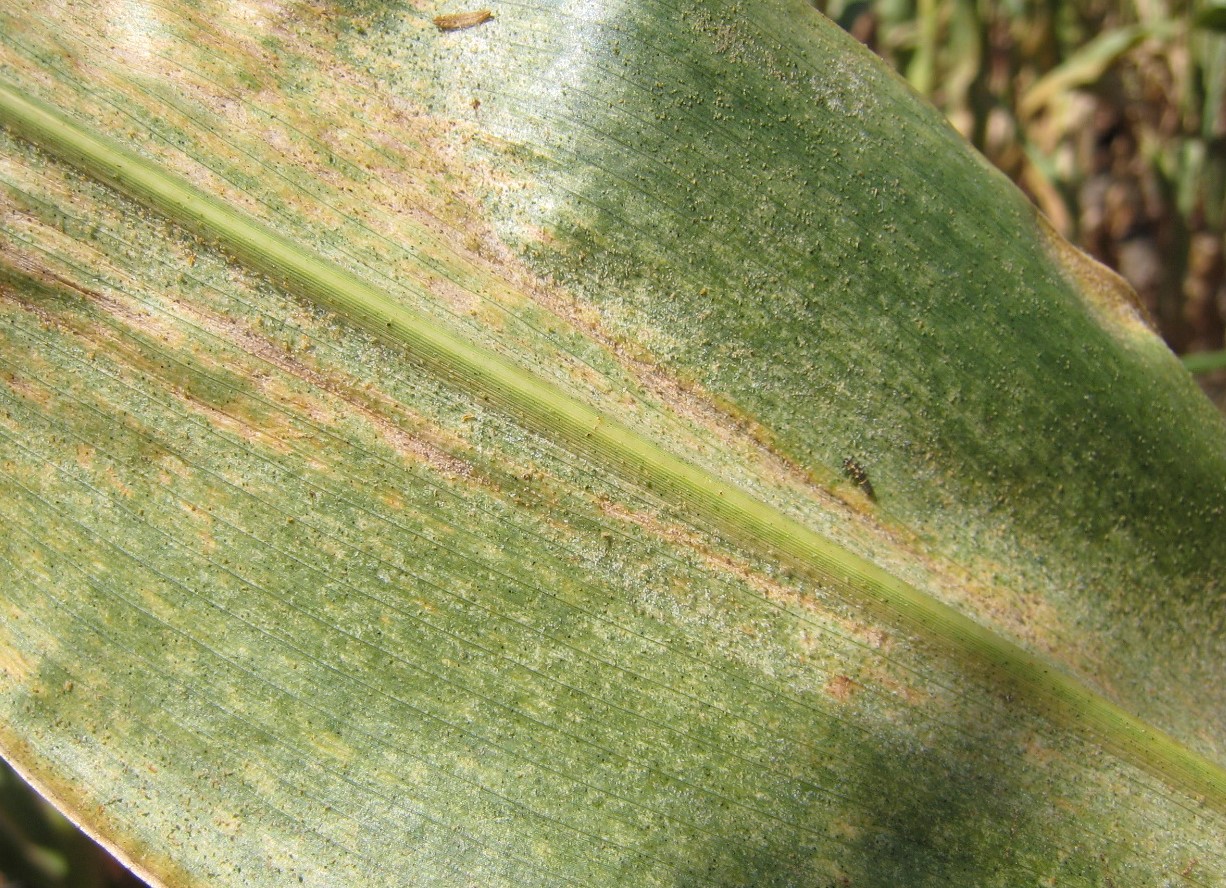Wheat Pests are Still a Concern
True armyworm (TAW) larvae are in many winter wheat and spring cereal fields across southern Ontario, thankfully not always at threshold. Some fields have populations at threshold (4-5 unparasitized larvae smaller than 2.5 cm per square foot) or above and with minimal feeding damage. Larvae sometimes choose not to do as much feeding and move on to other nearby (usually younger) fields or are already done feeding and are getting ready to pupate. It pays to scout the same fields multiple times before making a management decision. Base your decision not only on the number of larvae present but also whether feeding damage is progressively getting worse. Most winter wheat fields south of London are already advanced enough in crop stage to no longer be a concern. Defoliation and most importantly flag leaf feeding has a bigger yield impact before anthesis has occurred. Any defoliation after that will have less of an impact. Head clipping by larvae is another concern, though there are few reports of that happening this year. Spring cereals will be the next crop to focus the armyworm scouting over the next few weeks as well as mixed forages. There have been no reports of armyworm in central and eastern Ontario yet though it is expected. We experienced significant moth flights in April and May in eastern North America and expect there was a prolonged egg laying period. This will result in a variety of larval sizes found in fields.
Some wheat fields have two or more pests present at the same time. Cereal aphids or cereal leaf beetle (CLB) and armyworm larvae are active in some fields. Cereal aphids are more of a concern in a younger crop. It takes 12 to 15 aphids per stem prior to heading and 50 aphids per head once the crop has headed. More aphids are required to have the same impact on yield that armyworm or CLB can have. It only takes 1 CLB adult or larvae per plant prior to heading and 4-5 armyworm per square foot to impact yield. Focus on these later two pests, even if aphids are present to make a spray decision. Flag leaf feeding again is the ultimate decision maker.

Cabbage seedpod weevil have been observed in spring canola. They lay their eggs in developing pods during the early bloom stages. They are often more abundant at field edges. Scout using a sweep net in a few areas of the field. The action threshold is 25 – 40 weevil per 10 sweeps at 10% to 20% bloom.
What Pests Are Next?
With this hot, dry weather, two spotted spider mites are the next major concern. As wheat starts to dry down for harvest, mites will be moving to other host crops. Plan to scout soybeans, dry beans, and even high value, younger corn fields for infestations over the next month. A recent Field Crop News article is available to help with scouting and management decisions: https://fieldcropnews.com/2016/08/two-spotted-spider-mites-in-edible-beans-and-soybeans/
Finally, soybean aphids are starting to pop up in a few fields. Hopefully some of the natural enemies present in cereal fields now will spread to soybeans to help provide control. The free Aphid Advisor app is available to help guide you on spray decisions once the soybeans reach the reproductive stages: http://www.aphidapp.com/

Weather Data June 15 – 21, 2020

The format of the OMAFRA weekly weather report has changed. More locations have been added and assessment of growing degree days (GDD) for base 0 and 5 have been added to assist field and horticulture crop farmers. We have also changed from reporting the weekly values for the 30-year average to the values for the same week in 2019. We are working toward an additional online report that will provide access to more weather stations, daily temperature and precipitation values and values for corresponding weeks based on the previous 2 seasons and the 5 and 10 year normal for those weeks and the seasonal accumulated values.